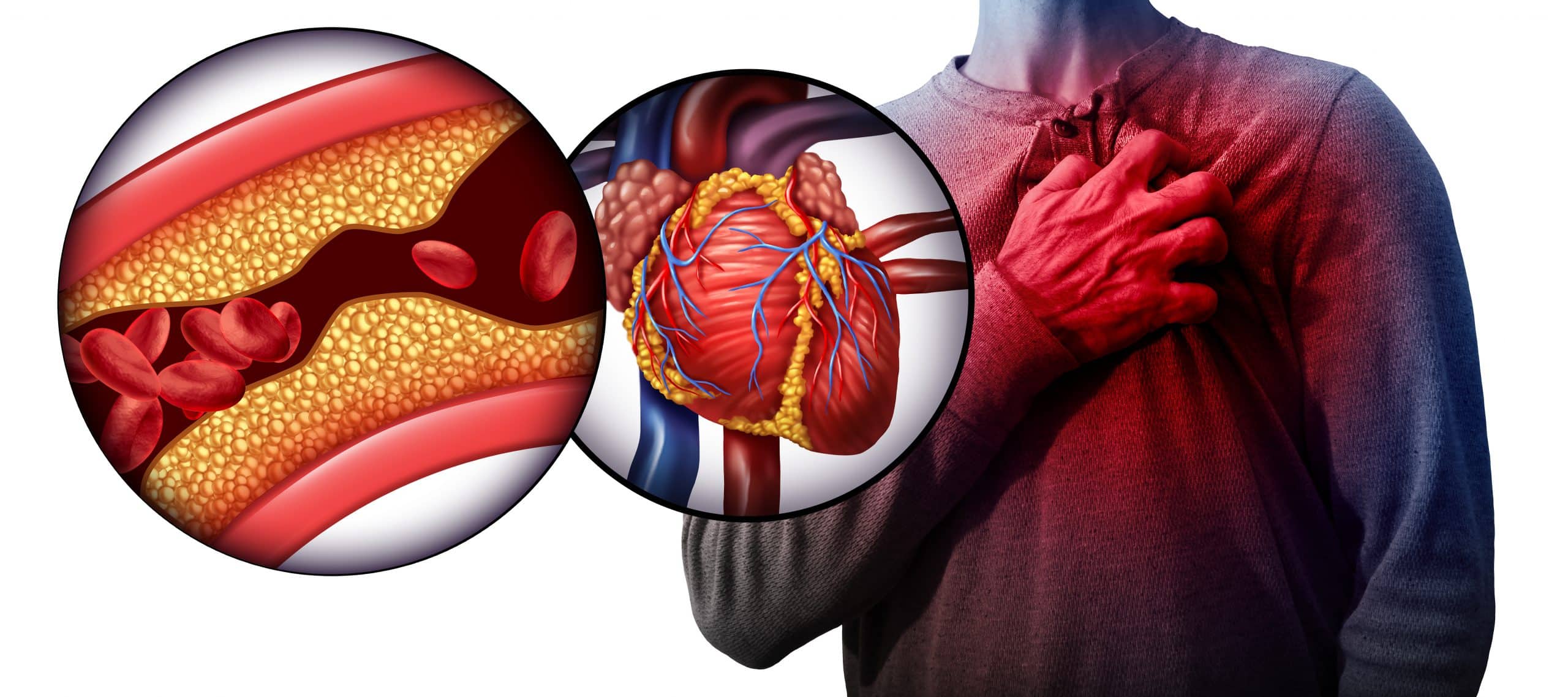Summertime is meant for outdoor fun and sunshine, but scalding heat and excessive sun exposure can take a nasty toll on your body. Whether you’re lounging by the pool or going for a stroll in the park, it’s important to protect yourself from the threat of heat-related illnesses—heatstroke, for example. There are a few warning signs of heatstroke and familiarizing yourself can help protect you and those around you. Noticing the signs of heatstroke as soon as possible is the key to treating it promptly and effectively.
The Basics of Heatstroke
Heatstroke occurs when the body’s core temperature goes above 104 degrees Fahrenheit. It’s considered to be the most serious heat-related injury because it can cause significant and permanent damage to the body if left untreated. Individuals who suffer from heatstroke can experience damage to the brain, internal organs, and the nervous system; so, it’s important to understand the severity of heatstroke in order to respond accordingly.
What Causes Heatstroke?
Heatstroke results from prolonged exposure to high temperatures. It most commonly occurs outdoors in hot weather, but it can technically happen anywhere hot enough to raise the body’s temperature. Heatstroke happens after a wide variety of other symptoms and heat-related illnesses—such as heat cramps and heat exhaustion—occur. It is also usually associated with dehydration.

Here are the top warning signs of heatstroke to look out for in the summer weather:
1. Headache
One of the first signs of the body overheating will be headaches. This is usually described by patients as a generalized throbbing sensation rather than sharp pains. This is also often one of the first appearing symptoms. Stay vigilant and get out of the heat if you notice an unexpected headache. Getting cooled down is important at this stage.
2. Dizziness
Dizziness, or sometimes simply lightheadedness, is also one of the early signs of oncoming heatstroke. This is often accompanied by uneven footing, which is something tangible to notice in those around you.
3. Lack of Sweating
Sweat is the body’s natural way of cooling itself down. If you or someone around you suddenly stops sweating in the heat, it is an immediate sign the body is not properly regulating its own temperature. Alterations in sweat patterns are one of the key indicators of an oncoming heat-related illness; your skin may begin to feel hot to the touch and dryer than expected.
4. Muscle Cramps and Weakness
Heat cramps are a less severe heat-induced illness. They may present in the form of muscle cramps or just general muscle weakness.
5. Nausea and Vomiting
Stomach and digestive discomfort are also commonly associated with heatstroke. If you or someone around you suddenly becomes nauseous or vomits, it may be a warning sign. Make sure to seek medical attention ASAP.
Preventing Heatstroke
While heatstroke most commonly affects seniors, it can occur in any age group. Athletes are also considered high-risk, particularly outdoor-based sports players. Preventing heatstroke is all about reducing risk by staying cool and hydrated and seeking proper medical attention when the warning signs present themselves. Be sure to take proper precautions during these hot summer months!



